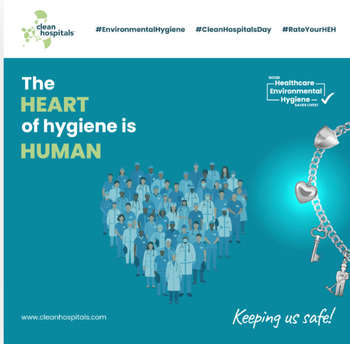
Parents Cite Lack of Need as Reason for Not Getting Kids Their Flu Shots
Despite the fact that influenza leads to more hospitalizations and deaths among children than any other vaccine-preventable disease, parents frequently decline vaccinating their children against influenza because they don’t perceive the need, according to a new case-control study published in the October issue of the American Journal of Infection Control.
The study is especially timely in the wake of the Centers for Disease Control and Prevention’s (CDC) recommendation that only flu shots (not nasal spray flu vaccine) be used during the 2016-2017 flu season. This development will likely have implications for public health as data from recent flu seasons suggests nasal spray flu vaccine accounts for about one-third of all flu vaccines given to children, and many children have a fear of needles.
The American Journal of Infection Control study, designed to shed light on why influenza vaccines are not more widely used, enrolled 131 of 140 eligible patients (9 months to 18 years of age) who were tested for influenza in a single, small suburban pediatric practice during the 2012-13 influenza season. Parents completed a written questionnaire asking about previous history of influenza, vaccination at other facilities, reasons for not vaccinating, and intention to vaccinate next year.
The three most common reasons offered by parents for not immunizing their children against influenza were (1) not thinking vaccination against influenza was needed, (2) fear of possible side effects, and (3) forgetting or not getting around to it. Reasons for not vaccinating were similar from parents regardless of whether their children tested positive or negative for the flu.
“The first and most common reason could encompass a belief that risk for contracting influenza is low in their family as well as that the vaccine offers little protection,” explains study author Scott Field, MD, of the University of Alabama School of Medicine. “A reason rarely discussed in the medical literature relating to why many parents do not think influenza vaccines are needed is the infrequency with which many individuals and families experience influenza first hand.” Most influenza positive patients (59 percent) and controls (89 percent) in the study had no prior influenza history, and those with previous influenza had significantly more risk of being positive.
In this study, influenza vaccines were accepted less frequently than the hepatitis A vaccine, despite the fact that hepatitis A is a relatively low risk disease compared to influenza. The study also looked at the effect of birth dates on vaccination, noting that parents of children whose birthdays fell outside of the favorable vaccination season (August 1 – December 15) may forget to come back to the doctor to get their children immunized. The author says that larger studies may find this to be of greater significance.
This is the first published study founded on both a complete disease history and a complete and detailed vaccine record for each of the patients enrolled, and is also the first study to look at the effect of birth date and limited vaccination season on vaccine utilization, according to the author.
According to the CDC, more than 200,000 people in the U.S. are hospitalized each year for respiratory and heart conditions illnesses associated with seasonal influenza virus infections; influenza is associated with between 3,000 and 49,000 deaths each year. Flu vaccination can reduce flu illnesses and prevent flu-related hospitalizations.
Source: APIC
Newsletter
Stay prepared and protected with Infection Control Today's newsletter, delivering essential updates, best practices, and expert insights for infection preventionists.





